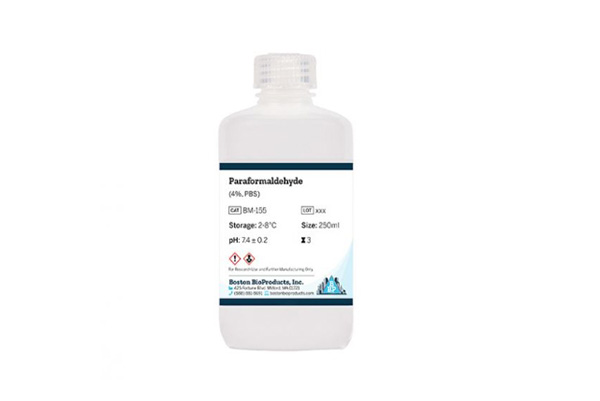What Is Paraformaldehyde Used For?
Paraformaldehyde is a white, crystalline solid that serves as a polymerized form of formaldehyde. With a distinct pungent odor, it is widely used in industrial, laboratory, and medical settings. While formaldehyde is commonly encountered in its gas or liquid form, paraformaldehyde offers a more stable, solid version that is easier to handle and store. It finds application across various industries due to its preservative, disinfectant, and chemical synthesis properties.
Let’s explore the main uses of paraformaldehyde and why it plays such a crucial role in different sectors.
1. Laboratory Fixative for Biological Samples
One of the most common uses of paraformaldehyde is as a tissue fixative in biological and medical laboratories. When dissolved in water and heated, paraformaldehyde depolymerizes to release formaldehyde gas, which forms a solution used to preserve biological tissues.
In histology and pathology, a 4% paraformaldehyde solution is frequently used to fix cells and tissues by cross-linking proteins, maintaining the structural integrity of cells for microscopic examination. This fixation process is essential for accurate diagnoses, research studies, and medical training.

2. Disinfectant and Antimicrobial Agent
Paraformaldehyde is valued for its strong antimicrobial properties, making it useful as a disinfectant in controlled environments. It is sometimes used in gas form (formaldehyde vapor) for fumigation and sterilization in laboratories, clean rooms, and animal housing facilities. It can eliminate bacteria, viruses, and fungi from surfaces and air when applied properly.
However, due to its toxic nature, the use of paraformaldehyde for sterilization requires strict safety controls, including ventilation and personal protective equipment.
3. Chemical Intermediate in Manufacturing
In the chemical industry, paraformaldehyde is used as a source of formaldehyde in various synthesis processes. It acts as a building block in the production of:
-
Resins such as urea-formaldehyde, phenol-formaldehyde, and melamine-formaldehyde, which are used in manufacturing plywood, laminates, particle board, and adhesives.
-
Agricultural chemicals, including herbicides, fungicides, and insecticides.
-
Pharmaceutical intermediates in the development of certain drugs and antiseptics.
Because paraformaldehyde is solid and more stable than liquid formaldehyde, it is often preferred in industrial-scale chemical reactions.
4. Use in the Textile and Paper Industries
Paraformaldehyde is also utilized in the textile industry to treat fabrics and improve their wrinkle resistance, water repellency, and dimensional stability. In the paper industry, it may be part of the resin mixtures that help improve paper strength and printability.
Its role in these applications stems from its ability to cross-link fibers and other materials, enhancing their durability and performance.
5. Role in Controlled Release Formulations
In recent years, paraformaldehyde has found limited use in controlled-release formulations, especially in agriculture. For example, it can be incorporated into slow-release pesticide products, where its gradual breakdown releases active ingredients over time, reducing environmental impact and increasing efficiency.
Health and Safety Considerations
While paraformaldehyde is highly useful, it is also classified as a toxic and potentially carcinogenic substance. Exposure to paraformaldehyde, especially in its vapor form, can irritate the eyes, skin, and respiratory system. Long-term exposure may pose greater health risks, so proper handling, storage, and disposal are critical. Use of protective gloves, masks, and fume hoods is strongly recommended when working with this chemical.
Regulatory bodies like OSHA and the EPA have guidelines in place to limit occupational exposure to formaldehyde and its derivatives, including paraformaldehyde.
Conclusion
Paraformaldehyde is a versatile and widely used chemical, essential in fields ranging from biomedical research to industrial manufacturing. Whether used as a laboratory fixative, a disinfectant, or a chemical intermediate, its ability to release formaldehyde in a controlled manner makes it a valuable tool. However, due to its health hazards, it must always be handled with care and respect. With proper safety measures, paraformaldehyde continues to play a key role in advancing science, medicine, and industry.





